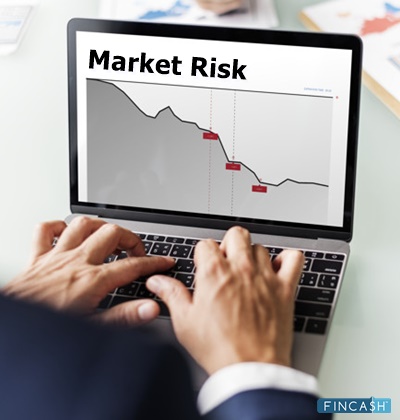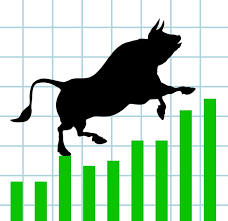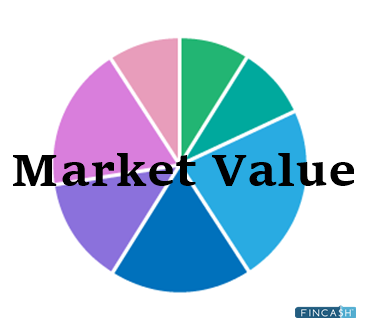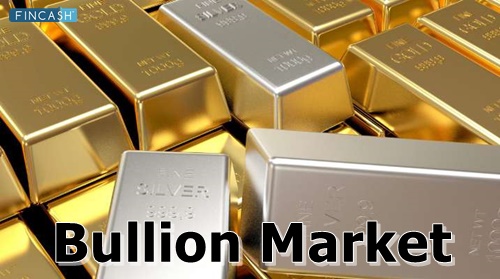Market Dynamics
What are Market Dynamics?
Market dynamics refer to forces that affect the behaviour of manufacturers and customers. It also impacts prices. When it comes to a market, these forces create pricing signals which are a byproduct of the fluctuation of demand and supply for a specific product or service. Market dynamics have the power to affect any Industry or even government policy.

Market dynamics affect and change the supply and demand curves. They are the Basis for numerous economic models and theories. Due to market dynamics, policymakers try the best way to use financial tools to uplift an Economy.
Some of the major questions policymakers deal with are, Would it be better to lower Taxes? Would it be better to increase wages? Do we need to do neither or both? How would this impact the demand and supply?
Causes of Market Dynamics
One of the major questions to ask is, what are the causes of market dynamics? Important factors that change the supply and demand in the market are called Market Dynamics. These factors are caused by the external or internal stimulus of the Individuals, Corporates or the Government. Human emotions also impact the decisions, affect the market and create price signals.
Market Dynamics Economic Approaches
Two primary economic approaches that affect the supply or demand of an economy are supply-side theory and demand-side base.
1. Supply-Side Economics
Supply-side Economics is also known as 'Reaganomics'. It is also known as 'trickle-down economics'. This theory has three pillars that are tax policy, monetary policy and regulatory policy. The basic concept of this theory is that production is the most important Factor in determining Economic Growth. It is in contrast with the Keynesian theory that considers the demand for products and services can drop. Since this drop takes place, the government can intervene with fiscal and monetary stimuli.
2. Demand-side Economics
Demand-side economics is directly opposite to supply-side economics. This theory argues that economic growth is impacted greatly by the high demand for goods and services. If the demand for production services is high, consumer spending grows and businesses can expand to employ more people.
This affects the higher level of employment which also further stimulates economic growth. Demand-side economists say that increased government spending will help to grow the economy and also increase employment opportunities. One of the examples they use is the Great Depression of the 1930s. They use it as evidence that increased government spending helps increase market growth than tax cuts.
6 Market Dynamics
The six market dynamics are mentioned below:
1. Customer
Customers affect the market greatly. An ideal customer has an unsatisfied need or desire. In order to touch this, you have to be able to compete and deliver satisfaction to the customer by taking in the size of the market.
Focus on helping the customer and creating real value. To help this happen you have to to have a sustainable business control over customer supply. Do not rely on a single marketing channel. Always look out against monopolistic manipulation of markets.
2. Product
Another major criteria that affect a market is a product. The first question that will come into the mind of a customer is whether the product will be good. A good product will be a direct and favourable response to customers' unmet need or desire. Therefore as a business person, the purpose of your product should be to create value by addressing a specific need or desire. Keep it simple.
However, remember that even if you create new value, the customer will first hesitate to adapt to your product if they have already invested too much in an already existing product which they are not satisfied with. They will consider financial impact, invested time and money, etc., before adapting to yours. Clearly describe your product to create sufficient value that will overcome cost.
Value= Benefit-Cost
Talk to our investment specialist
3. Timing
One of the major criteria that affects a market is timing. What is good timing? Remember that every market has a life cycle which is driven by circumstances and innovation. Always be on the lookout for new demand of interest in anything that wasn't possible just a few years ago.
4. Competition
The fourth major aspects that affect the market is competition. Remember to avoid being marginalized by excessive competition. Look for markets that are insufficient and find ways to develop a sustainable competitive advantage.
Look for the stagnant or fragmented market. Question yourself whether there are low Barriers to Entry. Do you have something special different to offer?
5. Finance
Do you have a good financial profile to showcase your standing in the market? Always look for opportunities to increase returns without gaining Capital risk. Try to start cheap and to realise higher margins through efforts and Economies of Scale. Do not lock up too much capital.
6. Team
One of the major elements that affect a market is a team that you are working with. Do you consider yourself and your team to be fit enough to compete in the market where you are now looking at an opportunity? Do you have the knowledge, technical skills and resources to gain success in this particular market of opportunity? Do not assume that an opportunity means success. These are the key questions to ask yourself before entering the market.
All efforts have been made to ensure the information provided here is accurate. However, no guarantees are made regarding correctness of data. Please verify with scheme information document before making any investment.












